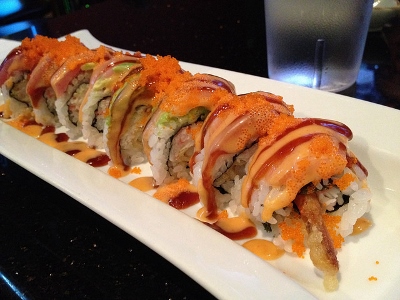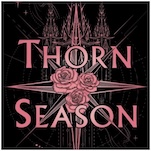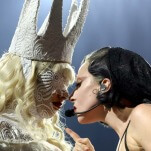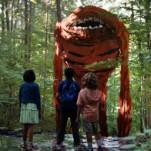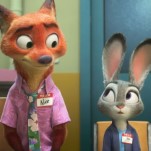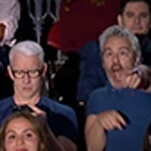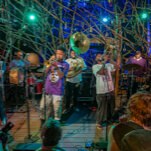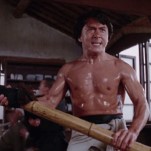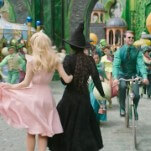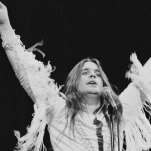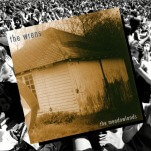How Sushi Became an American Institution
Phot via Flickr/ slgckgcWhile chowing down on a tempura roll slathered in wasabi and soy sauce, ever wonder how sushi, a food so different from standard American fare, became so popular in the U.S.?
The origins of sushi can be traced back to 3rd and 4th century A.D. Chinese writings, which described using fermented rice as a practical means to preserve fish. The dietary restrictions of Buddhism helped sushi spread to Japan, as people turned to fish in place of meat. The Japanese have credit for first eating sushi as a meal, with the fermented rice and preserved fish together.
The preparation of sushi changed drastically over the millennia, with the levels of pickling decreasing before being phased out altogether and swapped out for fresh, raw fish. By the 1920s, nigiri sushi was being served all over Edo (modern day Tokyo). Refrigeration allowed it to spread across Japan by the 70s, while it began to make inroads across the Pacific.
It’s safe to say the 1960s were a whirlwind of change in the United States. Popular thinking about a laundry list of issues was changing, and amidst this perfect storm of social shift was a change in taste—fashion, entertainment, and food. In 1966, a small sushi bar opened in the upstairs of a building in the Little Tokyo section of Los Angeles. Downstairs they served more accessible Japanese dishes like tempura and teriyaki, while upstairs offered sashimi, nigiri, and all-around traditional sushi. The restaurant, called Kawafuku, was the first sushi restaurant in America that we know of, and the beginning of a national love affair.
-

-

-

-

-

-

-

-

-

-

-

-

-

-

-

-

-

-

-

-

-

-

-

-

-

-

-

-

-

-

-

-

-

-

-

-

-

-

-

-

